June 26, 2023
Managers struggling with workload in new era of work
 More than three-quarters of employees report that it has become more important for them to receive support from their manager, according to Gartner. Simultaneously, managers are also facing increasing expectations and a greater workload from the organisation, including new responsibilities brought on by hybrid working. A December 2022 Gartner survey of more than 6,000 individual contributors and managers claimed that managers are twice as likely to report an increase in responsibilities versus individual contributors, compared to before the pandemic. For example, 35 percent of managers say they have more direct reports and 49 percent report that the complexity of their responsibilities has increased. More →
More than three-quarters of employees report that it has become more important for them to receive support from their manager, according to Gartner. Simultaneously, managers are also facing increasing expectations and a greater workload from the organisation, including new responsibilities brought on by hybrid working. A December 2022 Gartner survey of more than 6,000 individual contributors and managers claimed that managers are twice as likely to report an increase in responsibilities versus individual contributors, compared to before the pandemic. For example, 35 percent of managers say they have more direct reports and 49 percent report that the complexity of their responsibilities has increased. More →








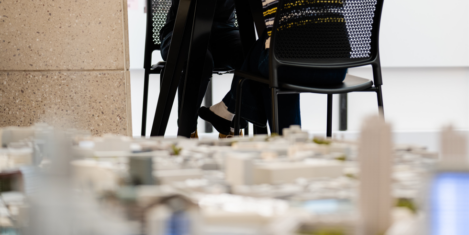
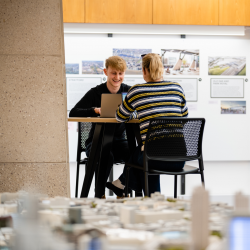 I recently received a copy of the book Office Shock by ‘prominent futurists’ Bob Johansen, Joseph Press and Christine Bullen. Described as a guide to creating better futures for working and living, the book imagines the future of work and the workplace. While reading a passage aimed at leaders, I was suddenly aware that a number of the words were simultaneously being spoken aloud in the background. There was a break in the cricket I had been watching that morning (cricket has a few of these breaks!) and the England captain, Ben Stokes, was being interviewed about his own leadership style.
I recently received a copy of the book Office Shock by ‘prominent futurists’ Bob Johansen, Joseph Press and Christine Bullen. Described as a guide to creating better futures for working and living, the book imagines the future of work and the workplace. While reading a passage aimed at leaders, I was suddenly aware that a number of the words were simultaneously being spoken aloud in the background. There was a break in the cricket I had been watching that morning (cricket has a few of these breaks!) and the England captain, Ben Stokes, was being interviewed about his own leadership style. 

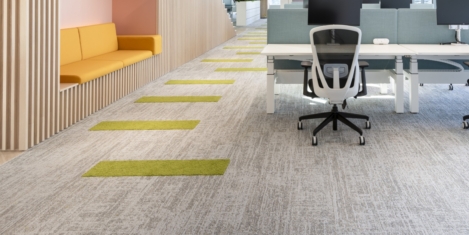
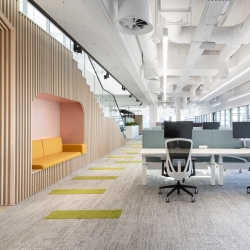






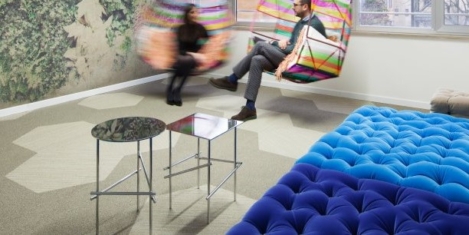
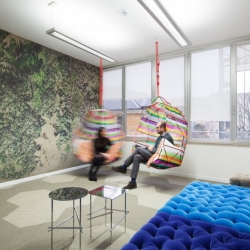
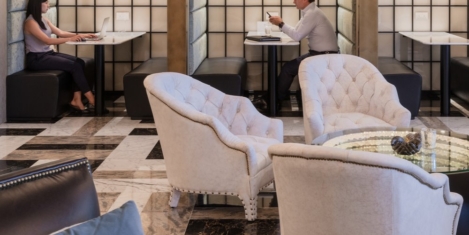
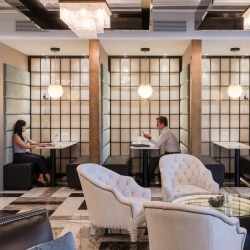
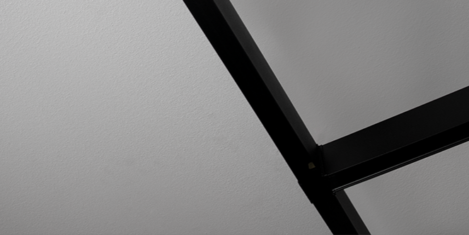
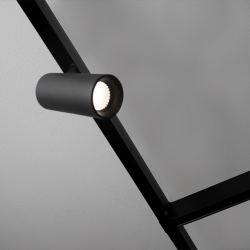










June 26, 2023
A balanced approach: making hybrid working work, and accepting it isn’t optional
by Mavis Boniface • Comment, Flexible working